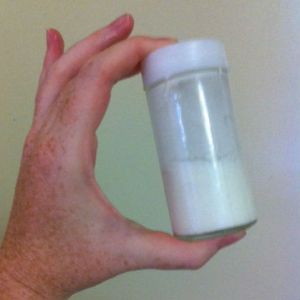Since my Loafing Around program was a couple of weeks ago (things have been busy… sorry I haven’t updated!), I don’t remember the exact agenda I used for the storytime. But I did want to record the books and flannelboards that I used here.
BOOKS:
FLANNELBOARDS:
The Little Red Hen
from: Sierra, Judy. The Flannel Board Storytelling Book 2nd Edition. 1997. pg 152

A traditional retelling of the tale, but I changed the object being baked from cake to bread to fit in with the theme better.
Yellow Butter, Purple Jelly, Red Jam, and Brown Bread Tongue Twister
rhyme and template taken from Miss Mary Liberry (though I altered the pieces just a little)

Yellow butter
Purple jelly
Red jam
Brown Bread
Spread it thick, say it quick!
Spread it thicker, say it quicker!
Now repeat it, while you eat it!
Yum!
Fred Fed Ted Bread Tongue Twister
Inspired by Miss Mary Liberry, and since I thought I might have a wide range of ages at this program, I wanted to do something that would work for older children at the program too. I found this tongue twister online and thought it would make a cute flannelboard. I got the pattern for the man from “The Three Pigs” in Judy Sierra’s The Flannel Board Storytelling Book 2nd Edition (pg 151) and just drew in the bread in his outstretched hand.

Fred fed Ted bread and Ted fed Fred bread.
We tried a couple of times to say this, and then I asked for volunteers to try out loud.
Movement:
Bread and Butter
Clap and and slap thighs in rhythm to this chant
Bread and Butter
Marmalade and Jam
Let’s Say Hello
as __quietly__ as we can.
Hello
Other verses: loudly, slowly, fast, high and low.
(Taken from Preschool Storytime Outlines)
Peanut, Peanut Butter (and Jelly)
I added a couple of verses at the beginning of this song about kneading the dough, baking the bread, and slicing the bread.
ACTIVITY:
Making Butter! (See this post for instructions.)
ADDITIONAL MATERIAL IDEAS:
Book: What to Do? What to Do? by Toni Teevin
Book: Monsieur Saguette and His Baguette by Frank Asch
Book: Bread is for Eating by David and Phillis Gershator
Book: The Tortilla Factory by Gary Paulsen
Book: Loaves of Fun by Elizabeth M. Harbison
ATTENDANCE: 71 (adults and children)
*To see the words to these movements and activities I use frequently, please visit my A-capella Movements Section on my Storytime Movements and Music Page









